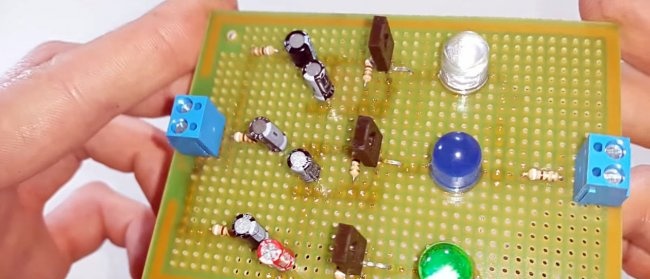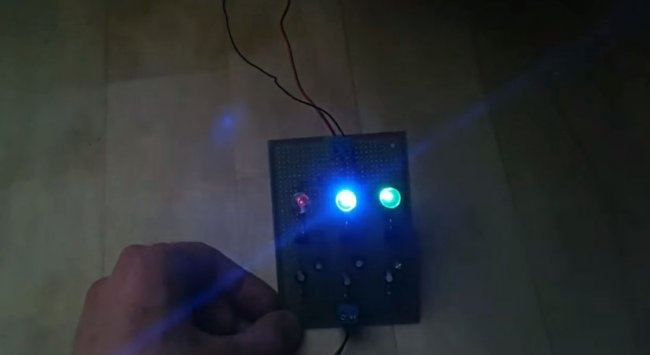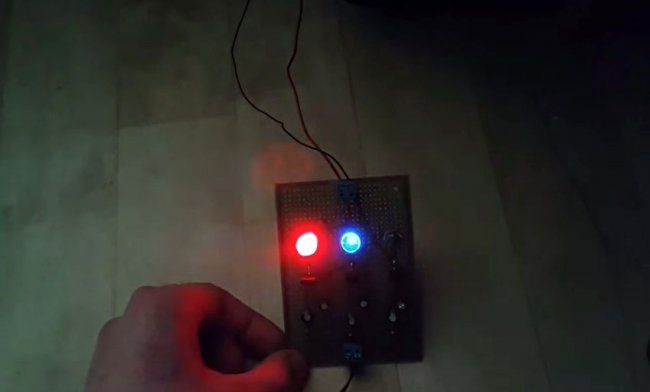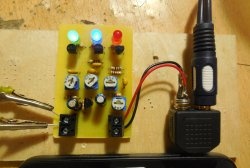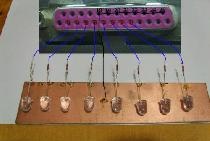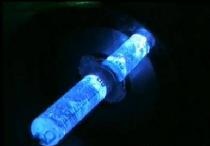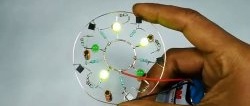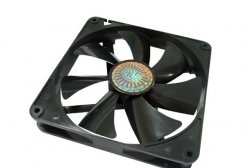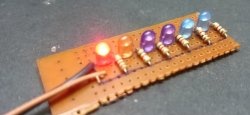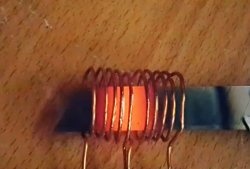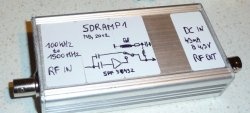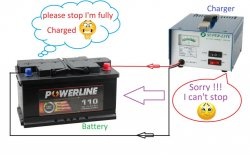A very simple three-channel RGB color music on LEDs does not contain scarce or expensive components. All elements can be found in anyone, even the youngest radio amateur.
The operating principle of color music is classic and has truly become the most popular. It is based on dividing the sound range into three sections: high frequencies, mid frequencies and low frequencies. Since color music is three-channel, each channel monitors its frequency limit and when its level reaches the threshold value, it lights up Light-emitting diode. As a result, when playing music, a beautiful lighting effect is created, when blinking LEDs various colors.
Simple color music scheme
Three transistors - three channels. Each transistor will act as a threshold comparator and when the level exceeds 0.6 Volts, the transistor opens. The load of the transistor is Light-emitting diode. Each channel has its own color.
In front of each transistor there is an RC circuit that plays the role of a filter. Visually, the circuit consists of three independent parts: the upper part is the high-frequency channel. The middle part is the mid frequency channel.Well, the lowest channel in the diagram is the low-frequency channel.
The circuit is powered by 9 Volts. The input receives a signal from headphones or speakers. If the sensitivity is not enough, then you will need to assemble an amplifier stage on one transistor. And if the sensitivity is high, then you can put a variable resistor at the input and use it to regulate the input level.
You can take any transistors, not necessarily KT805, here you can even install low-power ones like TK315, if there is only one load Light-emitting diode. In general, it is better to use a composite transistor like KT829.
LEDs super bright, got it here - AliExpress.
You can also take all the other components of the circuit there.
Assembly of color music
You can assemble the color music using wall-mounted mounting or on a circuit board, as I did.
No setup is needed, it’s assembled, and if all the parts are suitable, everything works and blinks without problems.
Is it possible to connect an RGB LED strip to the input?
Of course you can, to do this we connect the entire circuit not to 9 V, but to 12. In this case, we throw out the 150 Ohm quenching resistor from the circuit. We connect the common wire of the tape to plus 12 V, and distribute the RGB channels among the transistors. And, if the length of your LED strip exceeds one meter, then you will need to install transistors on radiators so that they do not fail due to overheating.
Color music at work
Looks quite beautiful. Unfortunately, this cannot be conveyed through pictures, so watch the video.


